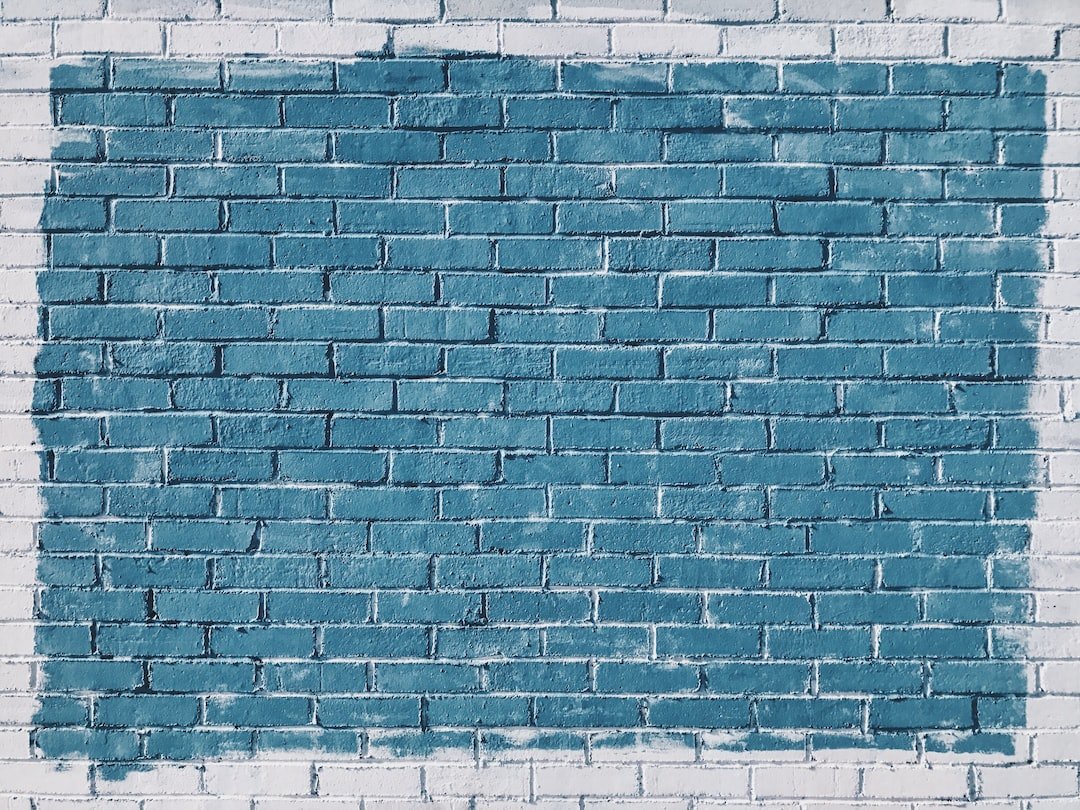The Influence of Cultural Diversity on Design Aesthetics
In today’s globalized world, cultural diversity plays a significant role in shaping various aspects of our lives. From food to fashion, music to art, and even design aesthetics, cultural diversity brings a myriad of influences that make our experiences richer and more vibrant. In this blog post, we will explore the profound impact of cultural diversity on design aesthetics and how it has transformed the way we perceive and appreciate different forms of creativity.
Design aesthetics, in its essence, is the study of beauty and the principles that guide the creation of visually pleasing objects or environments. It involves the careful consideration of elements such as color, form, texture, and composition to achieve a harmonious and impactful result. However, what defines beauty and what is considered aesthetically pleasing can vary greatly across different cultures.
Cultural diversity has given birth to a wide range of design styles and approaches, each with its unique appeal and significance. The traditional designs of the East, for example, have a distinct emphasis on intricacy, symbolism, and balance. In contrast, Western design aesthetics often value simplicity, functionality, and minimalism. By embracing and incorporating influences from various cultures, designers are now able to create more inclusive and diverse designs that cater to a broader audience.
The influence of cultural diversity on design aesthetics can be seen in various industries, such as architecture, fashion, and interior design. Take architecture, for instance, where cultural diversity has redefined the way buildings are designed and constructed. Modern architectural marvels around the world are now characterized by the fusion of different architectural styles, borrowing elements from ancient civilizations, and local traditions. This approach has not only produced visually captivating structures but also fostered a sense of cultural identity and pride.
Fashion is another industry heavily influenced by cultural diversity. Designers today draw inspiration from traditional clothing and textiles of various cultures, infusing them with modern elements to create unique and eye-catching pieces. This cross-cultural exchange has not only expanded the horizons of fashion but has also sparked conversations about cultural appreciation and appropriation. By incorporating diverse design elements from different cultures, the fashion industry has become more inclusive and has opened doors for collaborations that celebrate cultural heritage.
Interior design, too, has reaped the benefits of cultural diversity. Gone are the days of monotonous and uniform design approaches; today, more and more designers are embracing multiculturalism in their designs. Incorporating elements from different cultures not only adds visual interest but also creates a sense of warmth and authenticity. From Moroccan tiles to Japanese tatami mats, cultural diversity has allowed for a more personalized and meaningful approach to interior design.
The influence of cultural diversity on design aesthetics goes beyond visual appeal; it also creates a deeper sense of connection and understanding among people. By appreciating and celebrating different cultural design styles, we can break down barriers and promote intercultural dialogue, fostering a sense of unity amidst diversity. Design has the power to transcend language and serve as a universal language that connects people from different backgrounds.
As designers, it is crucial to recognize and embrace the influence of cultural diversity on design aesthetics. By understanding and respecting different cultural traditions, we can create designs that are both visually stunning and meaningful. The future of design lies in celebrating cultural diversity and breaking away from the confines of homogeneity.
In conclusion, cultural diversity has had a profound impact on design aesthetics, transforming the way we perceive and appreciate creativity. It has resulted in a rich tapestry of design styles and approaches, which not only adds visual interest but also fosters inclusivity and cultural appreciation. As we continue to navigate an increasingly globalized world, it is essential for designers to embrace and celebrate cultural diversity, creating designs that reflect the beautiful mosaic of humanity.

